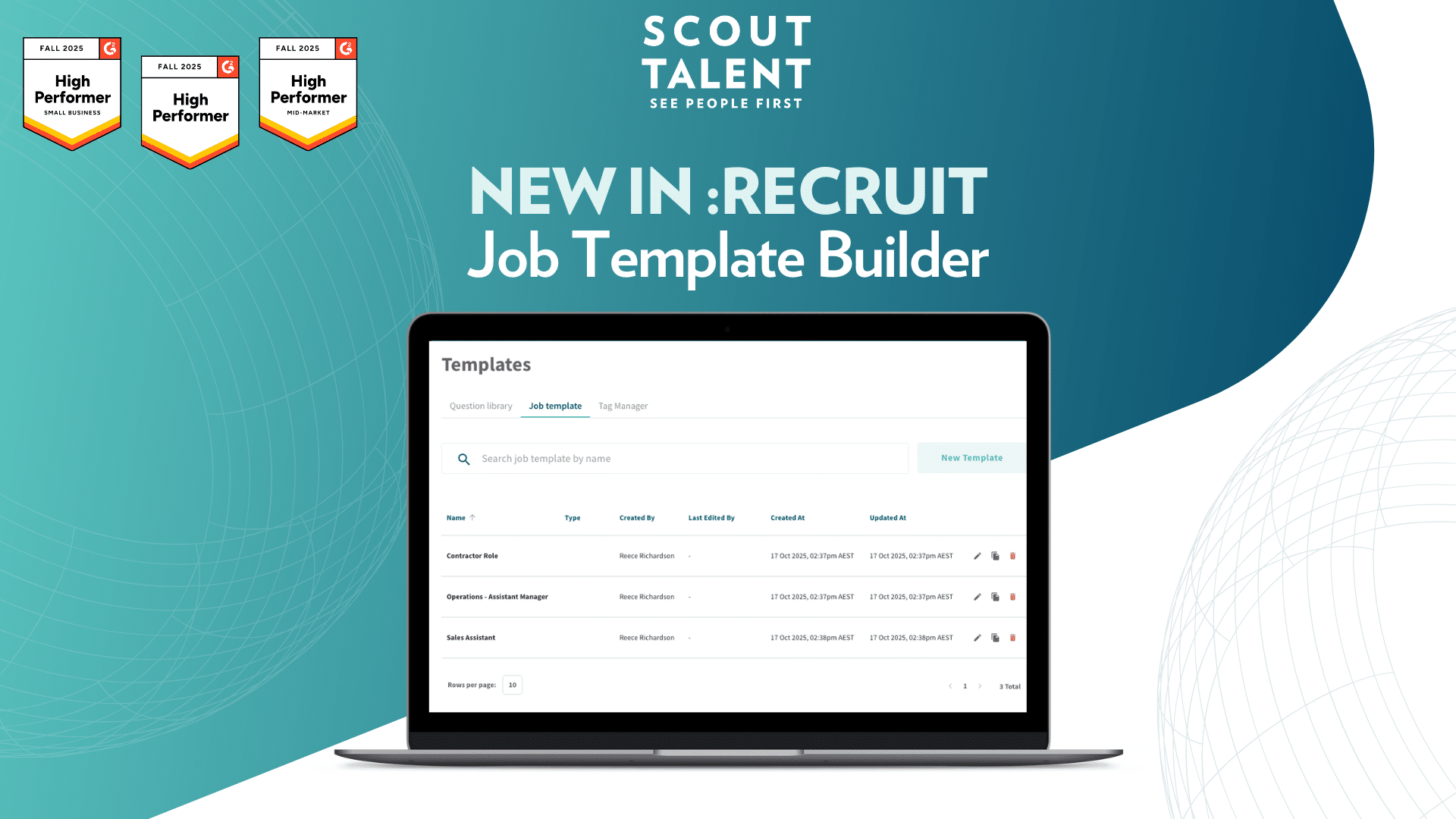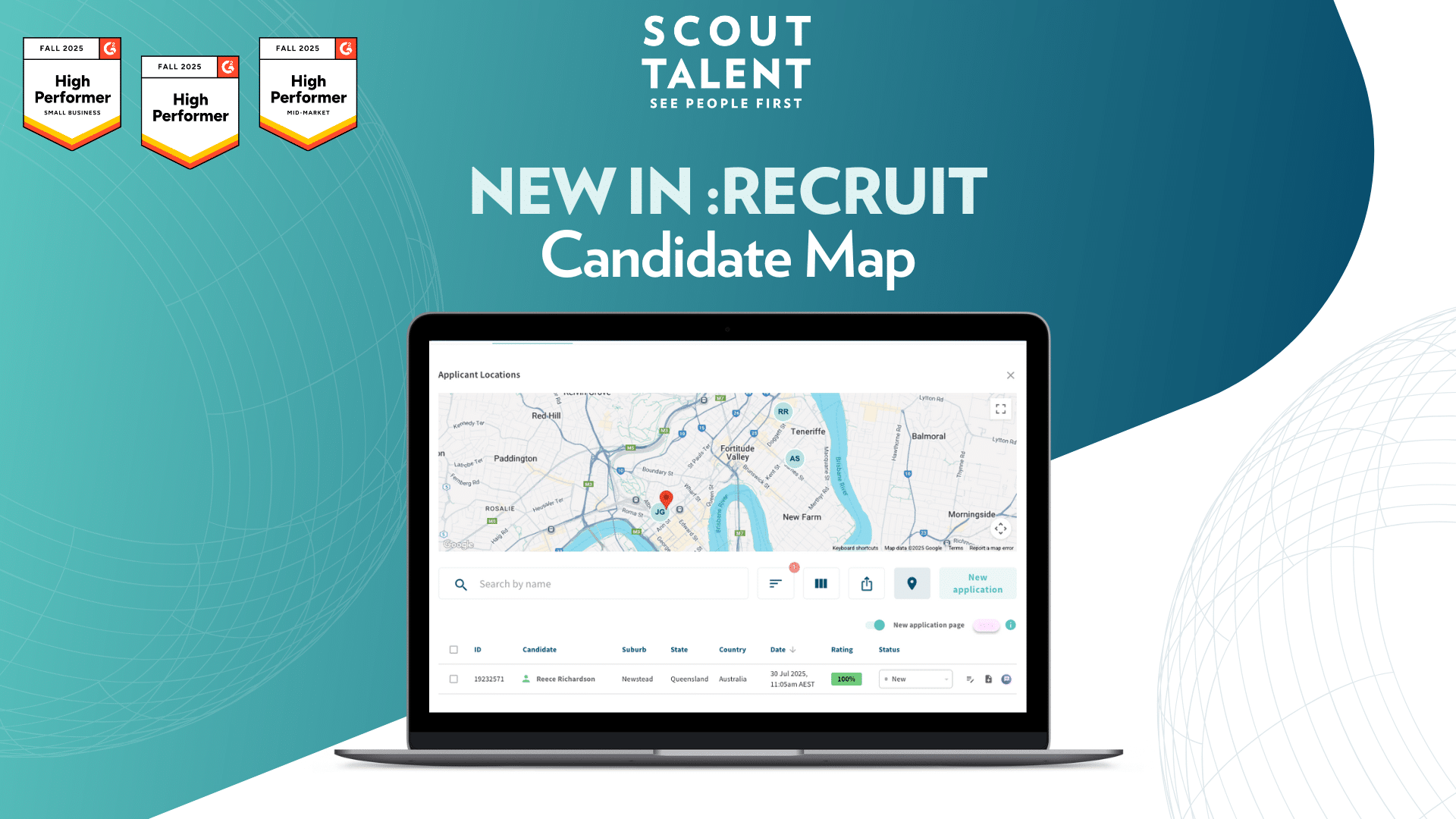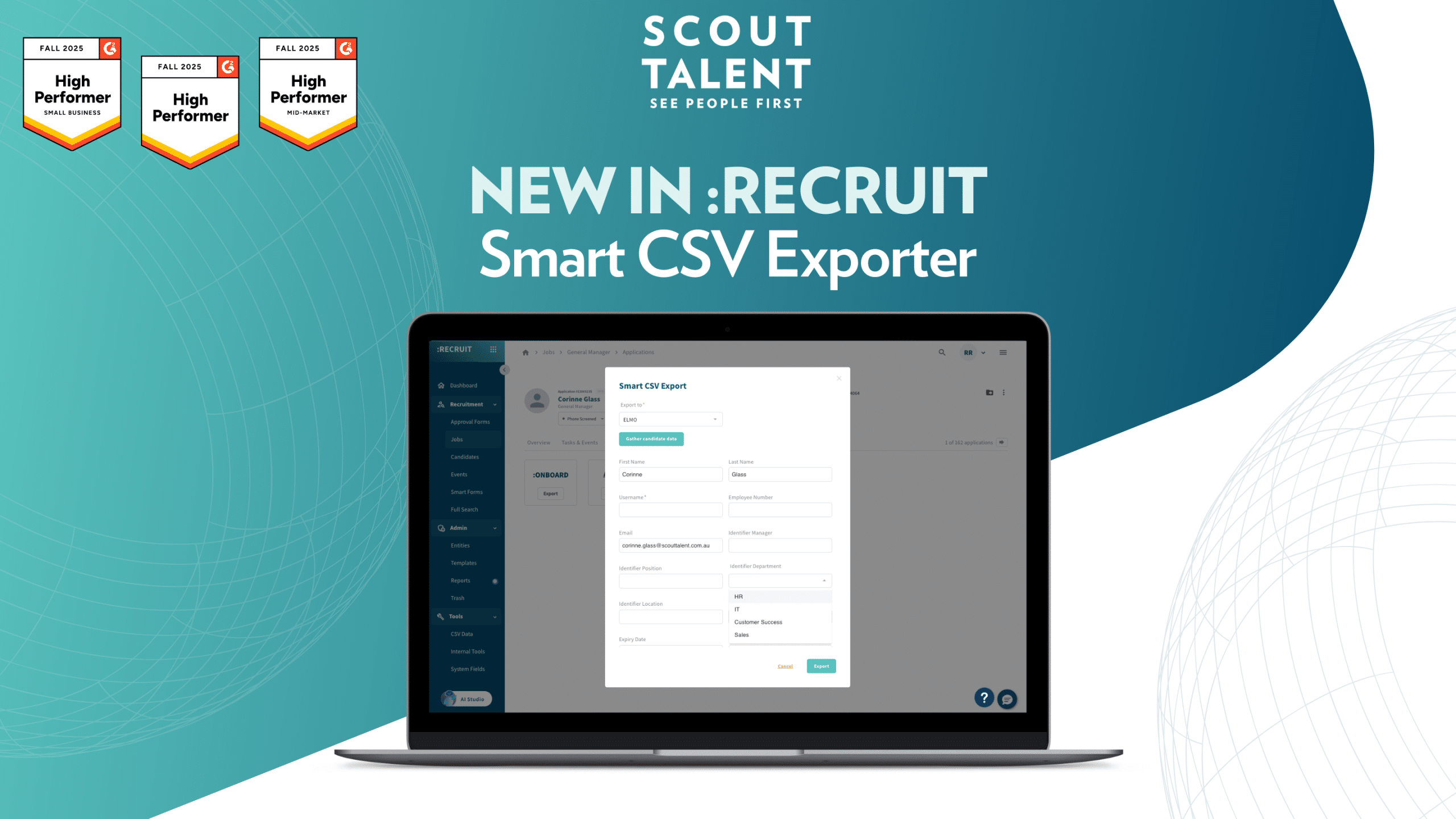A version of this article was first published by Recruitment Marketing Magazine.
Let’s face it: social media is so deeply integrated into most of our lives now and its importance is only continuing to grow. Just last year, 90% of recruiters reported that they had hired someone they found on LinkedIn. But while we are all aware of the now-standard procedure of recruitment marketing on social media and either investigating their profile or contacting them to apply for a position, it’s rare that social media is a central element of talent acquisition and talent engagement. But it should be.
Why try social media talent pooling?
Because we need to be innovative—we can’t use the same methods for recruitment and expect different results. Two big reasons why you should utilise a social media talent pooling process are:
- To increase your reach in a fresh way; and,
- To appeal to millennials and Gen Z—they are, after all, the workforce of the future.
Take TikTok, for example. What started out as an entertainment platform that rose quickly in popularity among millennials and Gen Z has become a powerhouse of opportunities. Last year, they piloted a program called TikTok Careers, born out of a trend where users of the platform had started marketing themselves for jobs through their TikTok pages. And it’s nothing to sniff at: big-name companies such as Chipotle, Target and Spotify have made use of TikTok Careers to hire and talent pool.
Through TikTok, we can see that there are engaging ways to build a talent pool that are also efficient for you because through social media initiatives like this, by and large the candidates will be coming to you, rather than the other way around.
How to set up a social media talent pooling strategy
You don’t have to stick to TikTok for your organization, particularly if you feel it’s not the platform that would best fit your target audience. Instead, you can create a social media channel dedicated solely to talent acquisition.
Pick the right platform
What this can look like is a LinkedIn group, Facebook group or Instagram account focused on your organization’s careers, with the goal of engaging talent. You may already post job vacancies and staff success stories on your main social media channels, but having a dedicated social media page just for careers can be a massive drawcard as it segments members of your audience into potential candidates for a talent pool, and also helps you avoid oversaturating your main social media channel with employee stories.
Promote your employer brand
A dedicated channel for social media talent pooling also doubles as excellent employer branding—every post is a chance to showcase your organization’s culture, benefits, and values. Some ideas you could utilize are our employee success stories quotes from happy employees, examples of your organization’s values in action at the workplace, and so on. These ideas lend themselves well to a video medium, too, which is proving to be an increasingly popular option for digital consumers.
Having a community focused on careers at your organization also removes a barrier between you and your prospective talent pool. For example, top talent may already be admiring your brand on a personal level but perhaps haven’t considered that a career with you is a possibility. By creating and nurturing a social channel for recruitment opportunities, you’re putting yourself on the map in neon lights rather than a small signpost.
As you build your audience, you can track what interests your talent pool and open yourself to valuable feedback because your interested candidates have all chosen to be in that group and can contribute in one place.
Scale your efforts
An added benefit to this strategy is that it’s pretty scalable—in fact, as your company grows, you’ll only have more content to showcase: more employee success stories, role postings and news. Plus, if you have the demand, you can spread your content across more platforms so you have multiple social media talent pooling channels in your pocket.
With only roughly half of talent acquisition teams reporting that they felt they had strong future pipelines, it’s important that we keep pace with trends and try new strategies to keep our talent pools strong—so that even in unstable times, we will be equipped for talent acquisition success.




